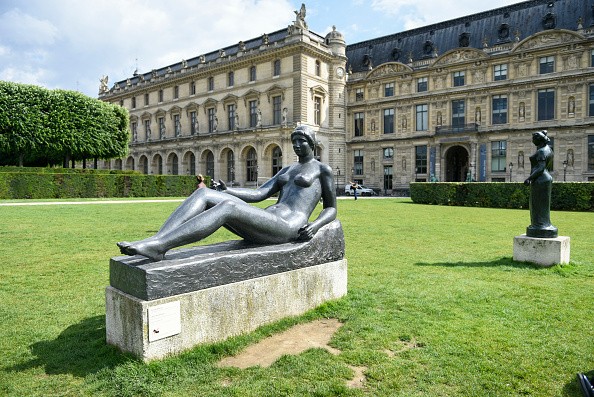
Two paintings from the 17th century looted by the Nazis and kept at the Louvre Museum in Paris after the war were finally returned to their Jewish owners, who then donated them back to the museum.
On Tuesday, June 4, several 48 Javal family descendants gathered in the Louvre to witness the reinstallation of 'Still-Life with Ham' by Floris van Schooten and 'Food, Fruit, and Glass on a Table' by Peter Benoit, along with items detailing the family's experience under the Nazis.
One of them, Marion, who wished to remain anonymous, saw it as a "duty of memory towards my family, looted from and persecuted, whose history speaks to current generations."
While some family members fought in the resistance or went into hiding, five were deported from France during the war and killed at Auschwitz.
The paintings were kept in the Louvre's collection of Nordic paintings for many years as part of the 'National Museum Recuperation' program for stolen works whose owners are unknown.
In 2015, the government called on genealogy experts to investigate a few items in these collections as part of a larger initiative in French museums to find the original owners.
The experts traced the paintings back to a mansion in central Paris owned by Mathilde Javal that was seized and emptied by the Nazis in 1944.
According to the Louvre, Javal had submitted a request for restitution during the war. However, the process was hampered by a few errors in the spelling of her name and address.
Laurence Des Cars, the museum director, told AFP that the case represented "a commitment to transmitting memory and a constant reminder to action."
Some 100,000 cultural artifacts, mostly from Jewish families, were taken or forced into sale, and many were sent to Germany during the Nazi occupation of France from 1940 to 1945.
After the war, over 60,000 pieces were brought back to France, of which 45,000 were returned to their original owners by a special commission that operated until 1949.
Furthermore, the government auctioned around 13,000 of the remaining 15,000, while 2,200 were given to museums.